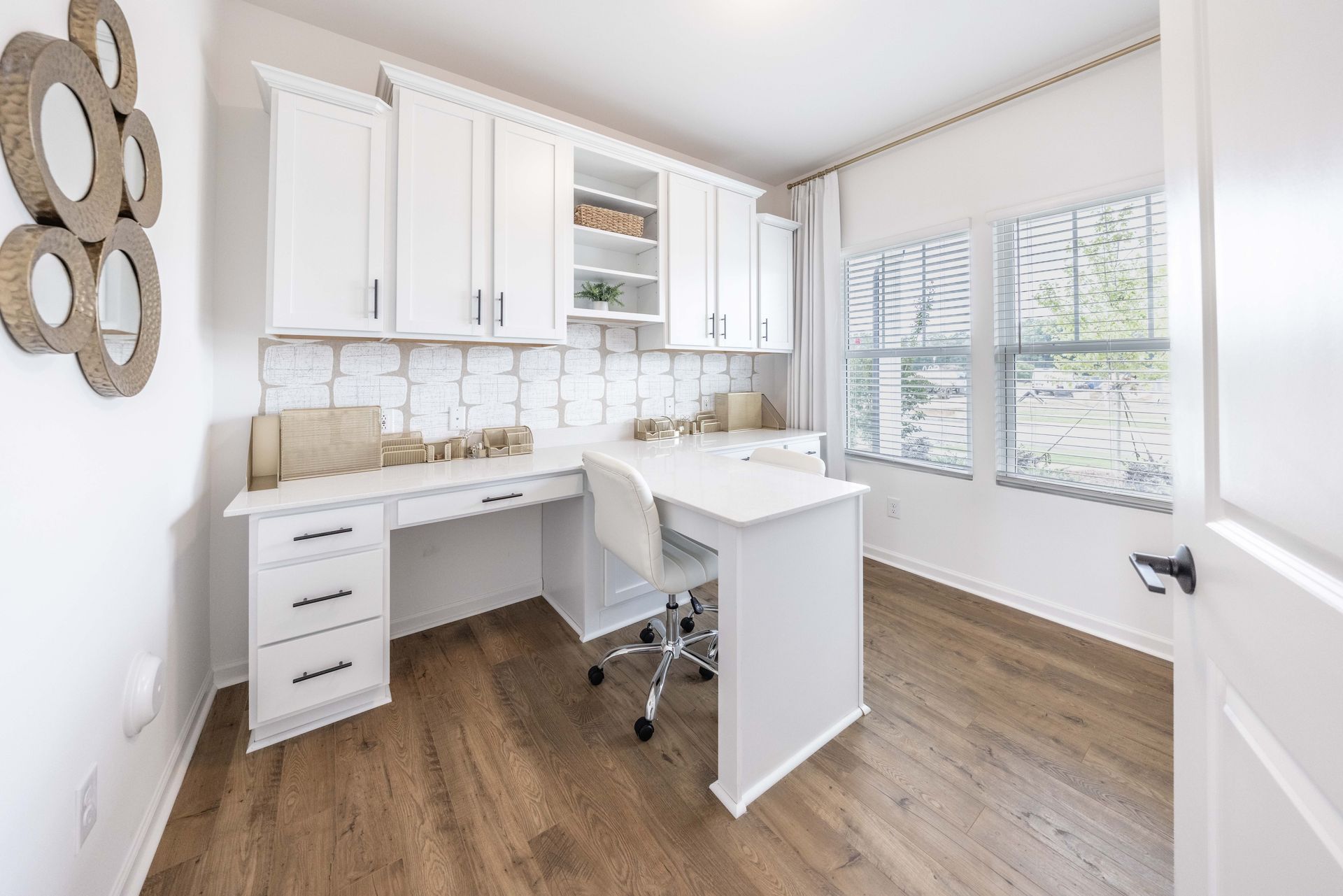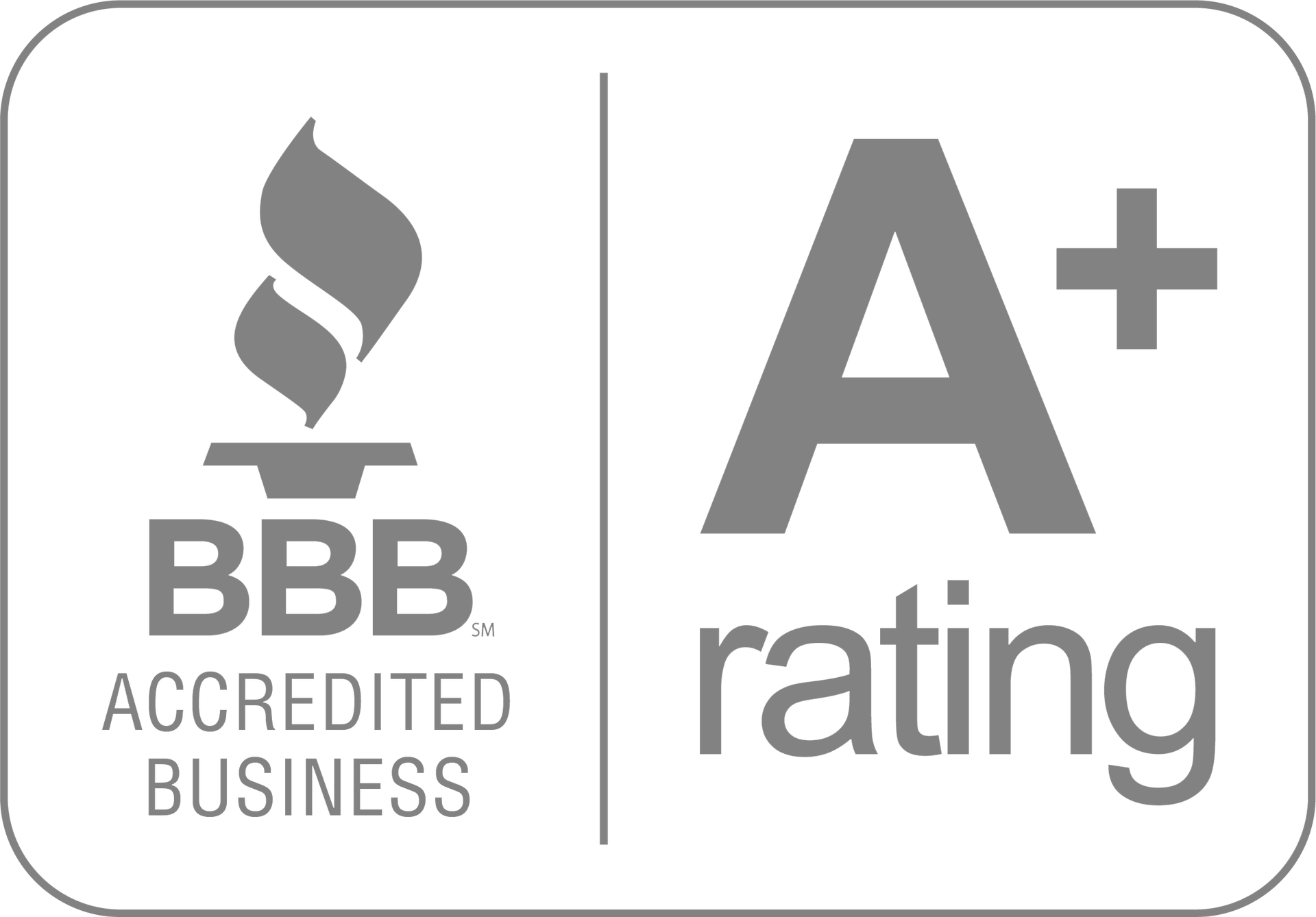How Much Should You Put Down On a New Home?
Buying a new home is a significant financial decision with many factors to consider, including the down payment. The size of your down payment can influence your mortgage terms and the overall cost of your home. At True Homes, we offer preferred lenders to assist you in making informed decisions about your home financing. In this comprehensive guide, we will explore down payment requirements, providing valuable insights for both first-time homebuyers and experienced real estate investors.
What is a Down Payment?
A down payment is the upfront amount of money a homebuyer pays toward the purchase price of a home. Typically expressed as a percentage of the home's total price, the down payment is an essential part of securing a mortgage. For example, a 20% down payment on a $300,000 home would be $60,000.
Down payments show lenders that you’re committed to the purchase and help reduce the overall loan amount, potentially improving your loan terms.
How Do Down Payments Work?
Down payments work as a financial contribution toward the home’s purchase price, with the remaining balance typically financed through a mortgage. Depending on the type of mortgage you qualify for, the required down payment percentage can vary:
- Conventional Loans: Often require a minimum of 3%-20%.
- FHA Loans: Require as little as 3.5% for qualified buyers.
- VA and USDA Loans: May offer zero down payment options for eligible buyers.
Your lender will factor in your credit score, income, and other financial details to determine the down payment amount and terms that work best for your situation.
How Much Should You Put Down on a New House?
The amount you should put down depends on your financial circumstances and goals. While the traditional advice suggests a 20% down payment, many buyers opt for smaller down payments to preserve cash for other expenses like moving costs, renovations, or an emergency fund.
Consider these factors when deciding your down payment amount:
- Your monthly budget and desired mortgage payment.
- How much you have saved and your ability to cover closing costs.
- The potential for private mortgage insurance (PMI) if your down payment is less than 20%.
What is the Average Down Payment for a House?
According to recent industry data, the average down payment for first-time homebuyers is around 6%-7%. For repeat buyers, it’s closer to 16%. These figures show that most buyers don’t put down the full 20% traditionally recommended.
Down Payment Assistance Programs
If you're struggling to save for a down payment, down payment assistance programs can help. These programs are often targeted at low-to-moderate-income buyers and can provide funds to help cover your down payment.
Types of Assistance Programs:
- Grants: Do not need to be repaid.
- Low-Interest Loans: To cover the down payment.
- Employer Assistance Programs: Offered by some employers.
Each program has its own eligibility requirements, so it's important to research thoroughly. Learn more about down payment assistance here →
Pros and Cons of a High Down Payment vs. a Low Down Payment
Work with Our Preferred Lenders
When you're considering your down payment options, it helps to work with trusted lenders and financial experts. At True Homes, we collaborate with a network of preferred vendors who can guide you through financing options and help you make informed decisions. Whether you're buying an existing home or building a new one, our partners are here to assist.
Did You Know New Home Construction Has Down Payment Options?
If you're thinking about building a home, you might be surprised to learn that the down payment process is similar to buying a move-in-ready home. In many cases, you’ll put down a deposit when you sign the contract with the builder, which acts as your down payment. This deposit can vary depending on the builder and the loan type you’re using.
Your down payment is one of the first steps toward making homeownership a reality, whether you’re buying an existing home or building a new one. At True Homes, we’re here to guide you through the entire process, from understanding your financing options to designing your dream home. Contact us today to learn more about your homebuying journey!





